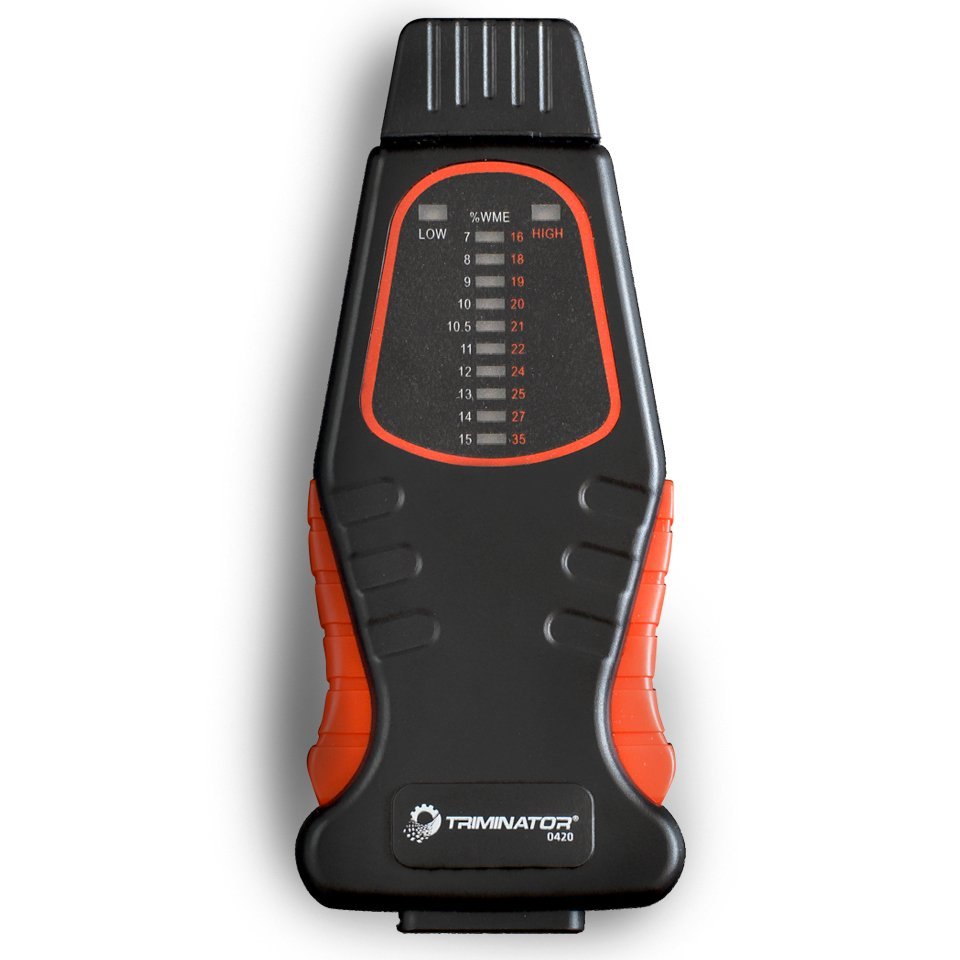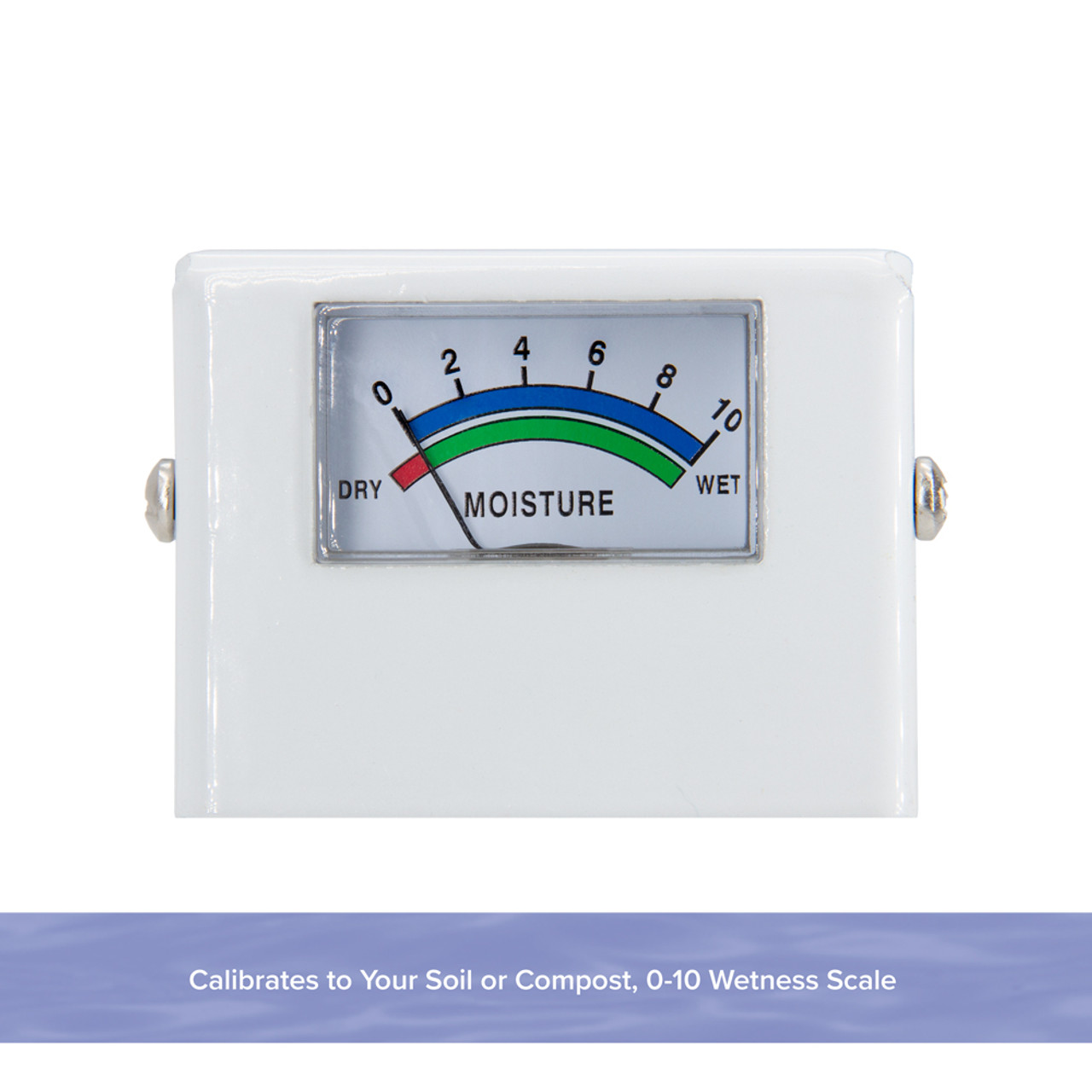Look Into the World of Moisture Meters: Whatever You Required to Know
In the world of moisture meters lies a globe of accuracy and functionality that frequently goes unnoticed. These devices, while relatively straightforward, hold a wide range of information that can substantially impact various sectors and applications. Comprehending how moisture meters run, the different types readily available, and their diverse usages can shed light on their importance in making certain high quality and efficiency. By exploring the intricacies of moisture meters, one can reveal a beneficial device that transcends mere measurement, providing understandings that can make a significant distinction in numerous fields.
Exactly How Moisture Meters Work
Moisture meters operate by gauging the electrical conductivity or capacitance of materials to establish the moisture web content existing. These meters are invaluable tools throughout various industries, including woodworking, farming, and construction. By making use of various approaches such as pinless or pin-type innovation, wetness meters offer exact analyses that assist specialists make notified choices.
Pin-type moisture meters work by inserting the sharp pins right into the product being evaluated. On the various other hand, pinless moisture meters make use of electromagnetic signals to scan a larger area without triggering any kind of damage to the product's surface.
No matter of the method made use of, dampness meters play a critical function in protecting against issues such as mold and mildew growth, architectural damage, or item flaws caused by excess wetness. Understanding how these meters job is important for ensuring the high quality and stability of products in various applications.
Sorts Of Moisture Meters
Provided the vital role wetness meters play in different markets, it is important to recognize the various kinds readily available to professionals for precisely examining dampness degrees - Moisture Meter. There are primarily 2 primary kinds of dampness meters: pin-type and pinless dampness meters

On the other hand, pinless dampness meters utilize electromagnetic sensing unit plates to check a larger area of the product without creating any kind of damages. This type is appropriate for rapidly scanning large locations and is commonly made use of for flooring, walls, and ceilings. Pinless meters are convenient for taking readings on completed surfaces without leaving any type of visible marks.
Both types of wetness meters have their benefits and are chosen based upon the details needs of the job handy. Understanding the distinctions in between these kinds is essential for professionals to make accurate dampness evaluations.
Applications Across Industries
With diverse functionalities, dampness meters locate prevalent application across numerous industries, helping experts in making sure optimal conditions for products and frameworks. In the agriculture market, moisture meters are very useful for figuring out the moisture material in grains, seeds, and hay, making certain quality assurance and stopping mold growth. Building experts depend on wetness meters to assess the dampness levels in structure materials like drywall, wood, and concrete, which is crucial for keeping structural integrity and protecting against concerns like rot or mold. The floor covering sector uses moisture meters to gauge the dampness web content in subfloors prior to mounting numerous flooring, protecting against expensive damages as a result of excess wetness. In addition, in the food sector, moisture meters are used to keep track of and control moisture degrees in products such as grains, nuts, and dried fruits to keep quality and quality. In addition, wetness meters play an essential role in the reconstruction and damage control sector by helping professionals identify and deal with water damages in buildings quickly. Across these diverse sectors, dampness meters are crucial tools for making certain the quality, security, and durability of different materials and items.
Tips for Making Use Of Wetness Meters
When gauging the moisture content in different materials,Utilize the wetness meter's calibration setups to guarantee exact readings. Calibration is important for the proper functioning of a wetness meter. Prior to each usage, it is a good idea to examine and readjust the calibration settings according to the details material being examined. Additionally, make certain the meter is readied to the proper wetness array for the product you are gauging to get one of the most specific results.
When utilizing a pin-type wetness meter, place the pins to the proper depth recommended for the product being checked. This makes sure that the moisture readings are taken from the correct depth within the product, supplying a much more precise depiction of its moisture content. For pinless dampness meters, remember to maintain correct contact with the material's surface area to get trusted readings.
Regularly check and change the batteries in your dampness meter to prevent incorrect readings as a result of low power. Store the meter in a dry and risk-free place when not being used to extend its life-span and maintain its redirected here accuracy. By adhering to these suggestions, you can take full advantage of the performance of your wetness meter and obtain precise dampness material measurements throughout various products.
Maintenance and Calibration
To ensure the precision of wetness material measurements, routine go to this web-site upkeep and calibration of the wetness meter are crucial actions in its appropriate functioning. Calibration changes the wetness meter to guarantee that it provides consistent and dependable results.
Calibration should be done regularly, especially if the dampness meter is utilized regularly or in critical applications where exact measurements are required. By maintaining and adjusting the moisture meter routinely, customers can trust the precision of the moisture content measurements gotten.
Conclusion

Finally, moisture meters play a crucial function in different markets by precisely measuring the wetness content of materials. Understanding how these gadgets work, the various kinds readily available, and appropriate maintenance and calibration are crucial for getting reliable outcomes. Whether in construction, farming, or manufacturing, the use of dampness meters helps make certain high quality control and performance in processes.

In conclusion, wetness meters play an essential role in different sectors by precisely determining the moisture material of products.